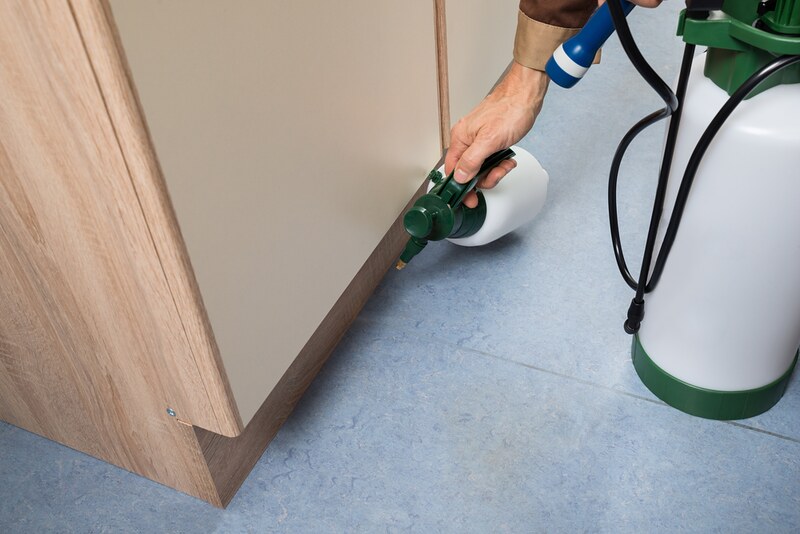During a termite inspection, an inspector will look for signs of termites. These include droppings, mud tunnels, hollowed-out wood and more.
Tenants can help prepare for a termite inspection by removing boxes and equipment from crawl spaces and by ensuring that the entrance to the crawl space is clear. This will give the inspector easier access to the areas where termites and other wood-destroying organisms like to hide.
Termite Prevention
Several types of physical termite barriers can be installed during initial construction to make it more difficult for insects to invade buildings. However, these barrier systems must be regularly maintained to be effective.
Keeping wood away from the ground can help reduce the risk of an infestation. Lumber, firewood, cardboard boxes and newspapers should be disposed of or stored in locations away from structures. Stacked firewood also attracts termites and provides a convenient, hidden food source. Remove stumps and dead roots, and don’t stack lumber or firewood against foundation walls or in crawl spaces.
Regular inspections, such as mud tubes, can help detect early signs of termite infestation. Infestations that are detected and treated promptly can prevent serious damage to a building’s structural integrity. Natural prevention methods, such as orange oil, sunlight and nematodes, can deter termites. Still, only apartment termite pest services Westerville OH can offer complete protection when an infestation is in full swing.
Termite Inspection
When a termite inspection is ordered, the inspector will visually inspect the exterior and interior areas that are accessible. They will check for evidence of a termite infestation, including droppings, broken wings, mud tubes and actual termites. They will also look for damage to wood caused by the pests. Additionally, they will be looking for water damage likely caused by leaking pipes or toilets and areas that are easy for the termites to access, such as form boards, utility line entries, cracks and voids in the structure.
They will focus on kitchens, bathrooms and laundry rooms inside a home due to the plumbing connections. In addition, they will check crawl spaces, basements and attics where accessible. They will look for mud tubes, wood-to-ground contact, damage to drywall and frass piles, which are termite droppings. They will also check the eaves and foundation for signs of activity. They will also check for wood damage around window and door frames and cabinets.
Termite Treatment
Termite infestations can be prevented by using budget-friendly preventive measures. Ensure wood siding and foundation walls are well-sealed, water penetration from plumbing leaks is addressed promptly, and wet ground conditions are eliminated by removing tree stumps and avoiding puddles.
Moisture is a key conducive condition to termite attack, so keep crawl spaces and other areas well-ventilated. Window ledges should be sloped slightly from the building for easy inspection and treatment. All exterior wood surfaces should be protected by paint or stain and wood preservatives, including those in contact with the soil.
Liquid barrier treatments for the outside of the building effectively prevent termite infestations by keeping the soil away from wood structures. Bait stations, which are placed in the ground and monitored, also offer protection. However, these must be kept in good working condition since gardeners or lawnmowers may dislodge them. These treatments are not recommended for homes with a well or cistern nearby since they introduce liquid insecticides into the groundwater.
Termite Control
Unlike homes, apartments are not protected by soil and can be susceptible to termite infestations. Landlords and property managers must be vigilant to prevent the spread of these destructive pests.
Termites commonly enter apartment buildings through cracks and crevices in the foundation or walls. A neighboring apartment with an active termite infestation may also bring them in.
If you suspect that you have a termite infestation, it is important to respond quickly and thoroughly. This will limit the damage these pests can cause and minimize the impact on your tenants.
If you are preparing for an inspection, removing furniture and other items that may obstruct the inspector’s view is helpful. Also, ensure that the area near your buildings is debris-free and the drainage systems are working properly. Remember that termites love moisture, and rooms with excess humidity are ideal for their growth.

